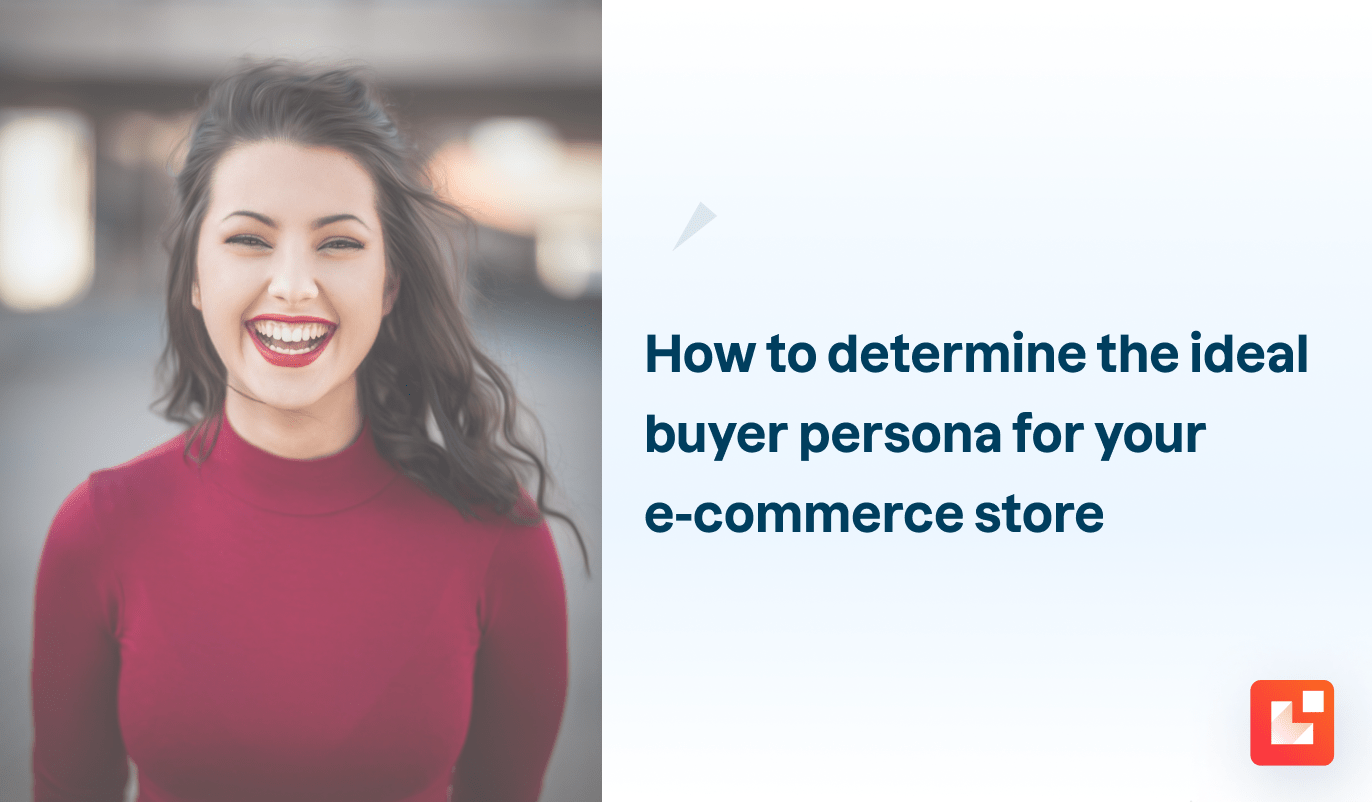How to determine the ideal buyer persona for your e-commerce store
Written by
Editorial TeamPublished on

As a company, you most likely want to target as many people as possible. However, gone are the days of posting a billboard on BAB 7 and hoping you are reaching the right people. Spray marketing tactics no longer work.
Instead, robust targeting where you narrow down who you’re speaking to by gender, location, age and interests is the key to any company’s growth and success.
But how do you know who these people are? Their interests? And how to best communicate with them? This is when a buyer persona comes in handy.
What is a buyer persona?
A buyer’s persona is a fictional character that describes your ideal customer in detail. This description goes beyond “John, 34-year-old, Data Specialist”. Instead, your buyer’s persona is an in-depth profile that allows you to understand and empathise with your customers.
To build such a profile, you need to go beyond demographical information. It’s essential to understand the challenges these people are facing, what motivates them, and the daily habits they might have. All of these elements help you understand who your customers are and how to talk to them.
So imagine your buyer’s persona walks into a bar. Who is this person? Are they wearing a suit or a Hawaiian t-shirt? Do they order a Heineken beer or a whiskey neat? Did they come with colleagues or walk in alone? By being able to pick your persona out from a crowd, you know who you’re trying to connect with and who you want to avoid.

How to determine your brand’s buyer persona
Developing a buyer’s persona doesn’t happen overnight. You need to combine existing business information with research and customer insights to create an accurate profile. Here are four steps to guide your process.
Step 1 – Analyse your current customer base
Creating a buyer persona is not a guessing game. So if you’re an established business, use the data you already have and look for patterns by analysing your existing client base. Delve into your website analytics, CRM system and information from contact or lead generation form and look for customers who:
- Buy more than one item;
- Have shopped at your store multiple times;
- Write reviews about you or your product.
Group people with similarities together. For example, you could combine customers into a cluster named “teen shoppers” or, more specifically, “moms under 30 who recently gave birth”.
Once you’ve identified clusters of similar customers, look at which group generates the highest profit margin. For example, suppose you’ve identified eight target groups, but only five of those clusters bring in most of your revenue and align with your company mission and offering. Then focus your efforts and energy on those five target groups by creating a buyer’s persona for each and cutting ties with the rest.
Step 2 – Go a step further and identify customer goals and pain points
With the above data at your disposal, you can probably already create a nice outline of profiles for each buyer persona. However, you’re most likely still missing some information. To fill the gaps, you will have to chat with multiple people and departments.
Start by talking with your sales and customer service team to understand common questions, concerns and frustrations. Next, reach out to managers and top-level executives within your organisation to understand the company’s roots and the need they are hoping to fill via their solution.
But don’t just stick to talking to company employees. Reach out to your customers directly. Conduct surveys or interviews to gain first-hand insights while showing your audience how invested you are in improving their experience.
Step 3 – Look at what your competitors are doing
Whether you’ve been in the game a long time or not, looking at your competitors is important. Why? Because it’s likely your direct competitors are addressing a similar audience.
So map out the current market and observe who your competitors are targeting by analysing their social media presence, way of writing, their photography style and which product USPs they choose to highlight on their website. This information can help uncover new insights about your customers and potential audiences you’re not targeting yet.
Lastly, take note of good and poor performing posts and campaigns to avoid making the same mistakes.
Step 4 – Ties this information together and bring your persona to life
Armed with this knowledge, put it all together into a nice visual overview. Group similar information together and tie all elements together via a story. Also, Assign each persona a name and photo to truly bring each profile to life. This helps your teams think of this buyer as a real person and not just a business strategy.
The importance of defining your persona
More knowledge is never bad. And by knowing who you’re trying to reach, you can influence the buying process. Because the knowledge of this person’s growth goals, challenges and fears enables your marketing team to create the perfect content that will resonate and connect with the reader on an emotional level. This information will also dictate which communication channels you use to keep in touch and push content.
And addressing the right person with the right message at the right time pays off. In fact, using a clear persona can lift sales leads by 124%.

Lastly, a clear buyer persona also allows you to be more proactive by responding to trends and changes in the market more quickly. For example, is your clientele quick to embrace new digital platforms such as ClubHouse or becoming more climate-conscious? Spot opportunities as they arise and have a head start on your competitors.
Conclusion
Armed with a buyer persona, make it a core part of all of your sales and marketing activities. It will enable you to develop lead generation strategies, content, campaigns and conversations that resonate. Ultimately, boosting your bottom line.


